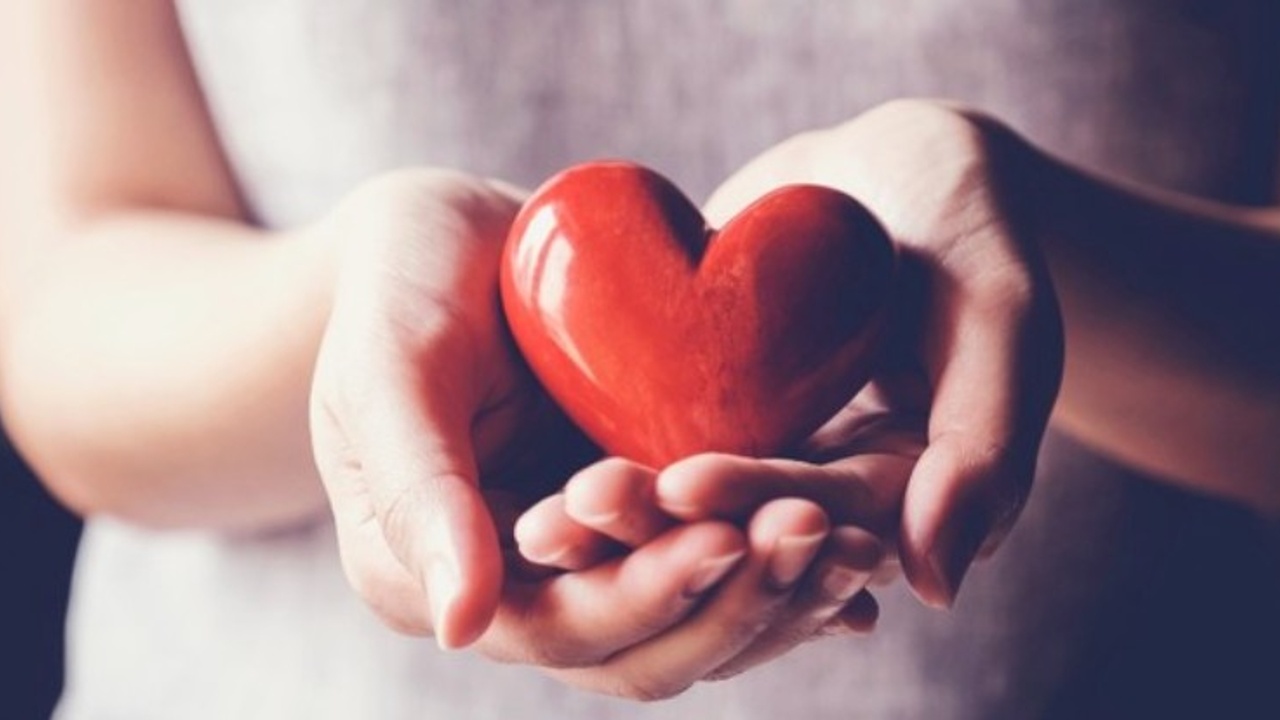
I've got a patient, friend or family member going through breast cancer and I don't know how to help them, what can I do?
Jun 27, 2022It can be really challenging to see a person you care about going through a very serious illness like breast cancer, and not know what to do to help them.
As a massage therapist, it's not a good feeling when someone comes to you looking for help and instead of feeling empowered and knowledgeable you feel overwhelmed, like you are drawing a blank or have a strong feeling you should be referring them on to "someone who knows more".
But these are sensations that can be appeased. You don't need to feel at a loss as to how to help your patients, friends or family members as they navigate the tricky waters of a breast cancer diagnosis with mindful massage therapy.
When asked why people take our Introduction to Breast Surgery course, one of the common responses is "I need more info so I can help my people!"
Here are three things you can do right away to make a difference:
1. Get familiar with breast and chest anatomy
Yes, we know you learned this information in massage therapy school but what you don't use can get rusty, and we all need a refresher. Open you Netter or other anatomy textbook and refresh yourself on breast and chest anatomy. If called upon to treat breast and chest, you really want know what structures you are working with.
To provide guidance, here are some questions to think about to get you started:
- Where does the pec major attach to, and what other muscles surround it?
- What other muscles are synergists or antagonists to the pec major? How will they have to work to compensate for a major chest muscle that may not be functioning as well after surgery?
- How do the ligaments sit in relation to the layers of the chest wall, and which ones are they?
- What tissues comprise the globe of the breast, and how far does the tail of the breast actually extend?
- Where do the lymphatic drain to?
- What blood vessels feed the breast, and where to they originate from?
2. Refresh your scar tissue techniques:
Working with scars is an inevitable part of working with therapeutic breast massage, because the majority of people who come for breast massage have had some sort of surgical intervention on them, such as a mastectomy, lumpectomy, augmentation or lift.
Here are some questions to consider when working with breast scars:
- How old is the scar in question?
- What colour is it?
- What texture is it? Does it have nodules and hard areas, or is it smooth and pliable?
- What direction does the scar cross the body?
- If you try to mobilize it, are there obvious adhesions and if so, how far do they extend and how deep do they go?
- Is the scar tissue inflamed and highly sensitive? If so, how little pressure can you use to produce a result? Tip: think about using a gentler pressure and holding it for longer, so the body can respond to your touch, rather than doing something quick to try and "force" a reaction.
3. Take a course to learn about what's actually happening under the skin during breast surgery
Most people are very surprised by the extent and invasiveness of breast surgery. During our "Introduction to Breast Surgery" course we teach you about 18 different types of breast surgery, and that's just a starting place! Many people say "I thought there was only 1 or 2 types of mastectomy, I didn't realize how many different types there are" once the course is done, and they're grateful to have a much deeper understanding of what the body can go through.
When looking for a good course, here are some things to consider:
- How does this course directly apply to your practice?
- How much hands-on vs. theory time do you get?
- Is the course evidence-informed and does it have research to back it up?
- What are other people saying about it?
- Will it help boost my confidence around working with sensitive areas?
At our Mastectomy Guide for Healthcare Professionals courses, we cater to adult professionals needing to learn real skills to apply to real people. To do this, we employ several very effective techniques:
- Combine self-paced learning with live-taught classes, so you can get all the information you need at the time you need it, in the way you need it most
- Employ active engaging learning, so you're not sitting still and absorbing information "talked at you" but instead are actively engaged in discussions, tactile learning tools and hands-on practice.
- Cater to 5 different learning styles, so no matter how you learn best, your style is represented. The 5 styles are:
- Visual
- Kinesthetic
- Auditory
- Written
- Social
- Employ year-round support for the information you learn during your weekend retreat, so you are able to integrate in real time what you learned, and the valuable info doesn't slide back into unconsciousness.
Now, if you have a patient, friend or family member faced with breast cancer and you want to help them get through it in the best manner possible, isn't it a good idea to support yourself to become more knowledgeable by training in a quality course that is designed to build confidence, trust and connect you with a like-minded community?
As massage therapists, we can feel really isolated in our practice, and this can erode confidence, motivation and inspiration. But it doesn't need to be like that!
To connect in with a group of people focused on improving the lives of others, please check out our Introduction to Breast Surgery course so you can feel informed, educated and able to help those who mean the most to you.





